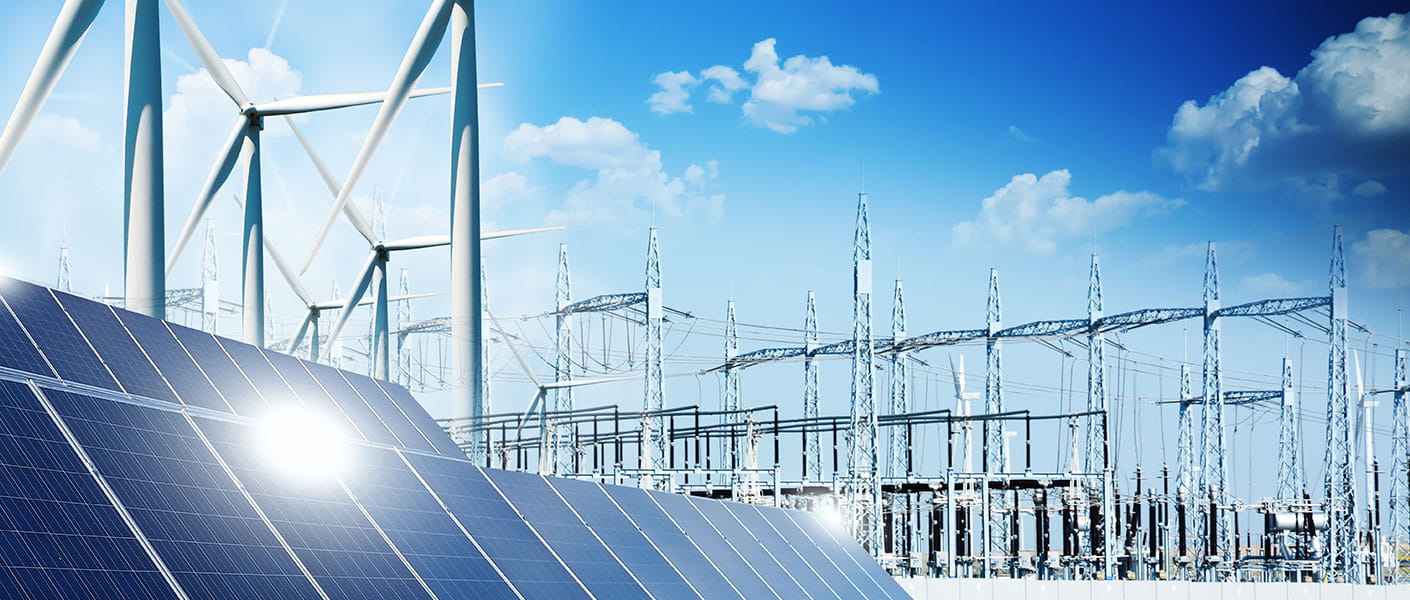PRISM Podcast Series
LISTEN TO THE PODCAST
Interviewer: Anthony Holt
Transcript:
Anthony:
I’m here with Matt Robinson, Director of Energy and Water for the Australia Pacific region of Advisian. Matt, thanks for joining us.
Matt:
Thank you.
Anthony:
What will the energy mix in Australia look like in five years?
Matt:
That's the $64 million dollar question isn't it? The key point is that we are in the midst of a transition from a centralised, fossil-intensive energy system to one that is highly automated, highly distributed and with much, much greater integration of renewable energy, thermal energy and storage technologies.
I doubt that we'll remove all fossil fuels from our energy mix for the foreseeable future but we are going to be able to integrate much higher levels of low emissions energy sources. That's possible with new storage technologies and also intelligent systems that enable us to control and manage energy in a distributed world.
So, I might not be able to predict the mix but I can envision a more varied mix with much less domination from coal and other fossil fuels and a significant growth in distributed storage.
Anthony:
Which renewables do you believe will lead the transition to the new energy future?
Matt:
Given that a key facet of this transition is the move to a distributed model, then the technologies that are best suited to that environment will find a place to thrive. We can see an example of that today with rooftop PV. It's a technology that lends itself to powering a household or business at the premises. You don't need to be technically minded, there's virtually no maintenance and modern systems even integrate artificial intelligence to learn how you use the system and optimise it to your usage patterns.
We've seen huge cost reductions driven by economic factors more akin to the consumer goods sector and mass-production sharing costs across many thousands of units compared to traditional power plants that gained their economies of scale from producing massive quantities of power and distributing the cost of production across many thousands of consumers. In effect, the technologies that are winning are the ones that reduce the barriers to entry to the energy sector.
When a technology gets to the point of PV, where it's compelling at the Mum and Dad price point, you've really changed something. Battery storage at the domestic consumer level will likely be the next driver of change. Get that technology to become compelling, something near $500 per kW, and you shift everything again because now, the barrier has lowered even more for consumers to self-generate outside daylight hours.
Anthony:
How can we get the energy players to embed the value of energy reliability?
Matt:
That's a great question. I assume by that you mean "utility" players? Such as networks and system operators? I think that they already understand the cost of reliability, that's essentially how we manage, measure and price the system costs in Australia. What is more pertinent is how we get energy consumers to understand the value of reliability or, more correctly, energy security.
The centralised grid system is a wonder of engineering and operational skill. To be able to almost perfectly match the output of our power plants to the demands of millions of households and businesses across a network stretching over 5,000km from end-to-end in real-time 24/7/365 is an incredible feat. It's also massively expensive and complex.
Electricity is an economic and social necessity in today's world, it therefore has incredible value. According to AEMO, the NEM trades almost $10 billion dollars worth of electricity annually and Australia is actually quite a small market in global terms. I doubt that there's anyone who thinks that they can live without electricity in some way but, like petrol for your car, if you can get it cheaper without a lot of hassle or even just give yourself some certainty about what you pay, many will do that.
So, here's the scary part for the traditional players in the traditional system, up until now, there was no other way to obtain your electricity supply other than through the utility-based system. Think back to my previous comments about how the new energy technologies are bringing those barriers to entry down to the point where individual consumers can generate almost all their energy needs on their roof and store it in a box in the garage for about the same price as a luxury overseas holiday. If you're still sitting there as the CEO of a network, generator or fossil fuel supply business, and you don't think this will affect you, think again. I'd turn the question to those businesses directly, how will you articulate your value to your customers in this new, transitioned world?
Anthony:
Matt Robinson, than you for your time.


